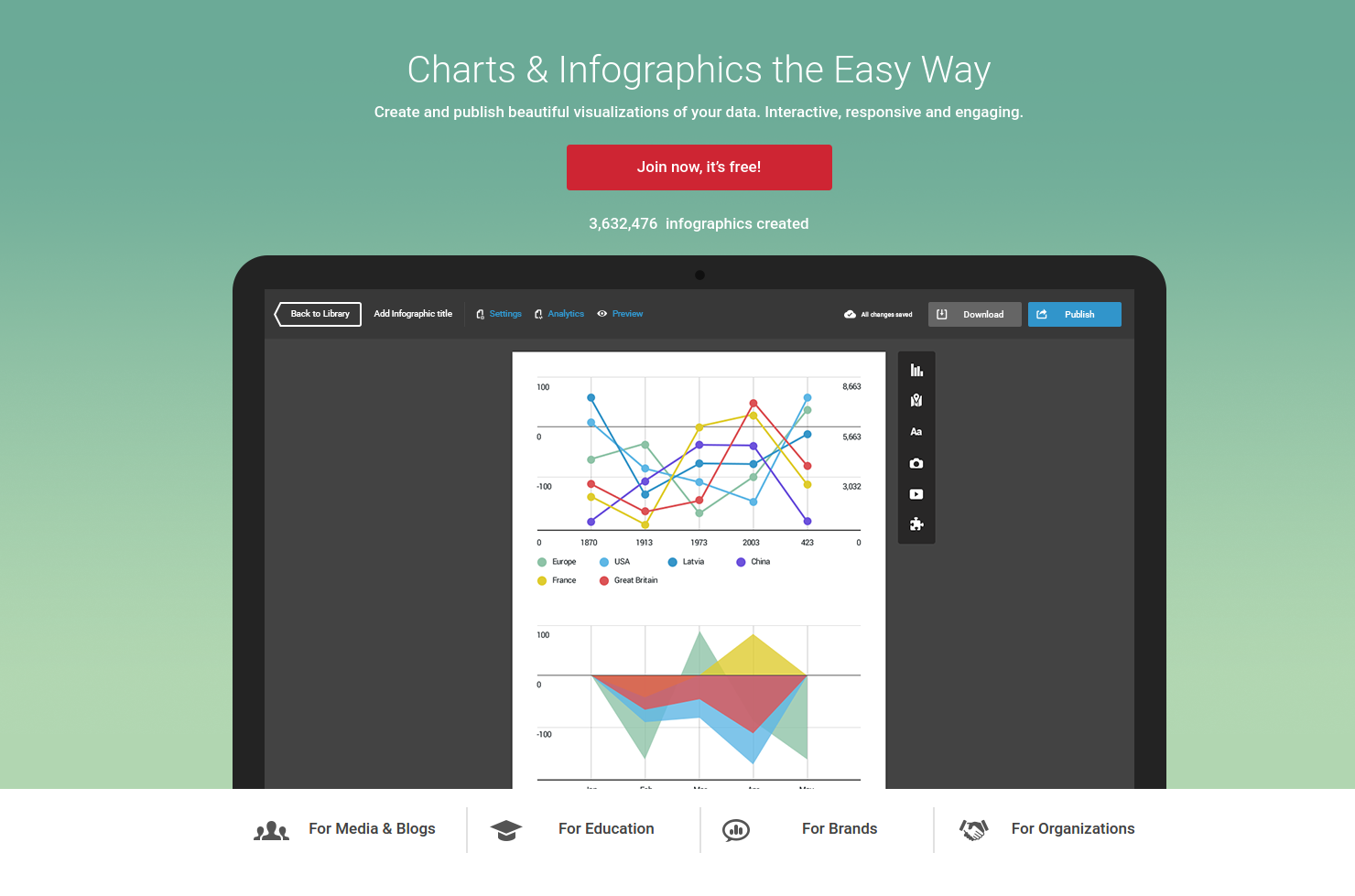
This approach to reading data visualisations includes a process of reimagining through reformatting, reframing and renarrating. We present an approach to a critical reading of data visualizations for the context of mathematics education that draws on three interrelated concepts: mathematical formatting (what gets quantified, measured, and how), framing (how variables are related and through what kind of data visualization), and narrating (which stories the data visualization tells, its potential impacts and limits). The reading of any data visualization demands unpacking the role of mathematics, including how data and variables have been formatted and how relationships are framed to narrate stories from particular points of view. Their fundamental reliance on quantification and mathematics cements their social positioning as supposedly objective, reliable, and neutral.

Yet data visualizations are social texts, authored from specific points of view, that narrate particular, and often consequential, stories. In invoking exponential growth, mathematical modelling, statistical analysis, and the like, these data visualizations invite opportunities for mathematics teaching and learning.

Data visualizations have proliferated throughout the COVID-19 pandemic to communicate information about the crisis and influence policy development and individual decision-making.


 0 kommentar(er)
0 kommentar(er)
